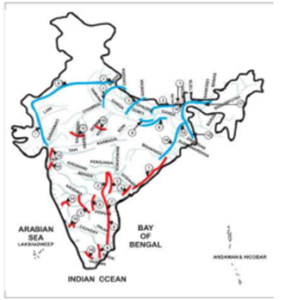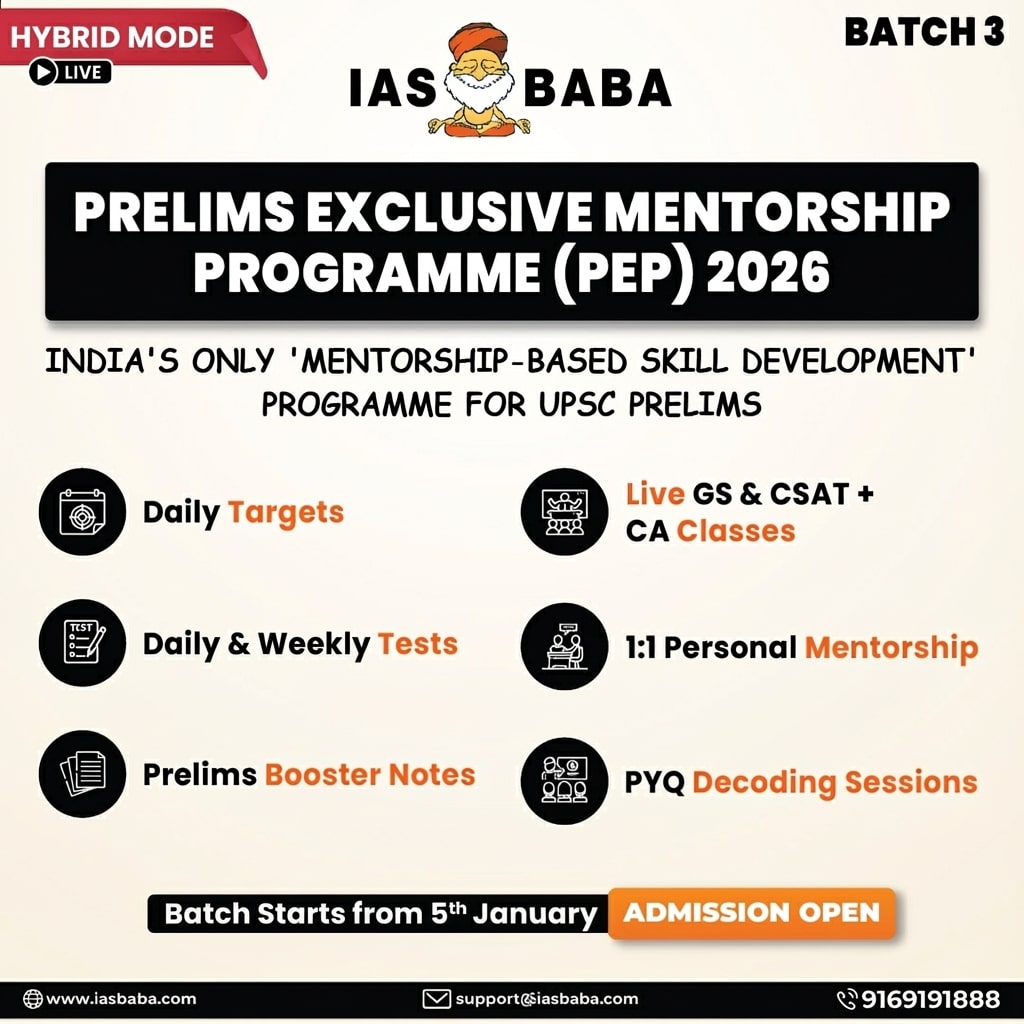Ethics Theory, TLP-UPSC Mains Answer Writing
Q. 1. River interlinking projects in India promise water security but pose ecological and social risks. Examine the key challenges in implementing such projects and suggest a balanced approach. (150 words, 10 marks)
Introduction
India’s National River Linking Project (NRLP) aims to ensure equitable water distribution by connecting 30 rivers through 16 Himalayan and 14 peninsular links. While promising water security, it raises serious ecological and social concerns.
Body
Ensuring Water Security
- Addressing regional imbalances: NRLP proposes transferring water from surplus to deficit basins, e.g., Ken-Betwa link aims to benefit drought-prone Bundelkhand.
- Flood and drought mitigation: Himalayan links aim to reduce annual flood damages (₹6,000 crore/year), while Peninsular links tackle recurring droughts in Tamil Nadu, Karnataka.
- Enhancing irrigation potential: The project targets adding 35 million hectares of irrigation capacity, vital for doubling farmer incomes.
- Drinking water supply and hydropower: Links are expected to provide drinking water to 62 million people and generate 34,000 MW of hydropower.
Key Challenges
Major River Inter-Linking projects
- Ecological disruption: Submergence of forests and alteration of river flows threaten biodiversity and aquatic ecosystems. Example: Ken-Betwa link may impact Panna Tiger Reserve.
- Displacement and rehabilitation: Large-scale relocation of communities with inadequate resettlement remains a major humanitarian concern. Example: Polavaram project displacing over 44,000 families.
- Inter-state disputes: Conflicts between states like Karnataka-Tamil Nadu (Cauvery) and Uttar Pradesh-Madhya Pradesh (Ken-Betwa) hinder consensus.
- Financial viability and delays: The NRLP demands over ₹5.6 lakh crore in funding, while several links face delays due to bureaucratic and environmental clearance hurdles.

Balanced Approach
- Decentralised water management: Emphasise watershed development, rainwater harvesting, and aquifer recharge at the micro level.
- Environmental safeguards: Comprehensive Environmental Impact Assessments (EIAs) and inclusion of ecological flow provisions in all link plans.
- Technological integration: Use of remote sensing, GIS, and AI to evaluate river basin dynamics before implementing interlinking.
- Stakeholder engagement: Transparent consultation with affected communities, experts, and state governments to build consensus and address grievances.
- International best practice – Australia’s Murray-Darling Basin Plan: It integrates basin level management with ecological sustainability, water trading, and stakeholder participation—offering a model for India’s inter-basin projects.
Conclusion
While river interlinking can enhance water security and agricultural productivity, it must be pursued with environmental prudence, public participation, and integrated planning to ensure long-term sustainability and equitable benefits for all regions.














